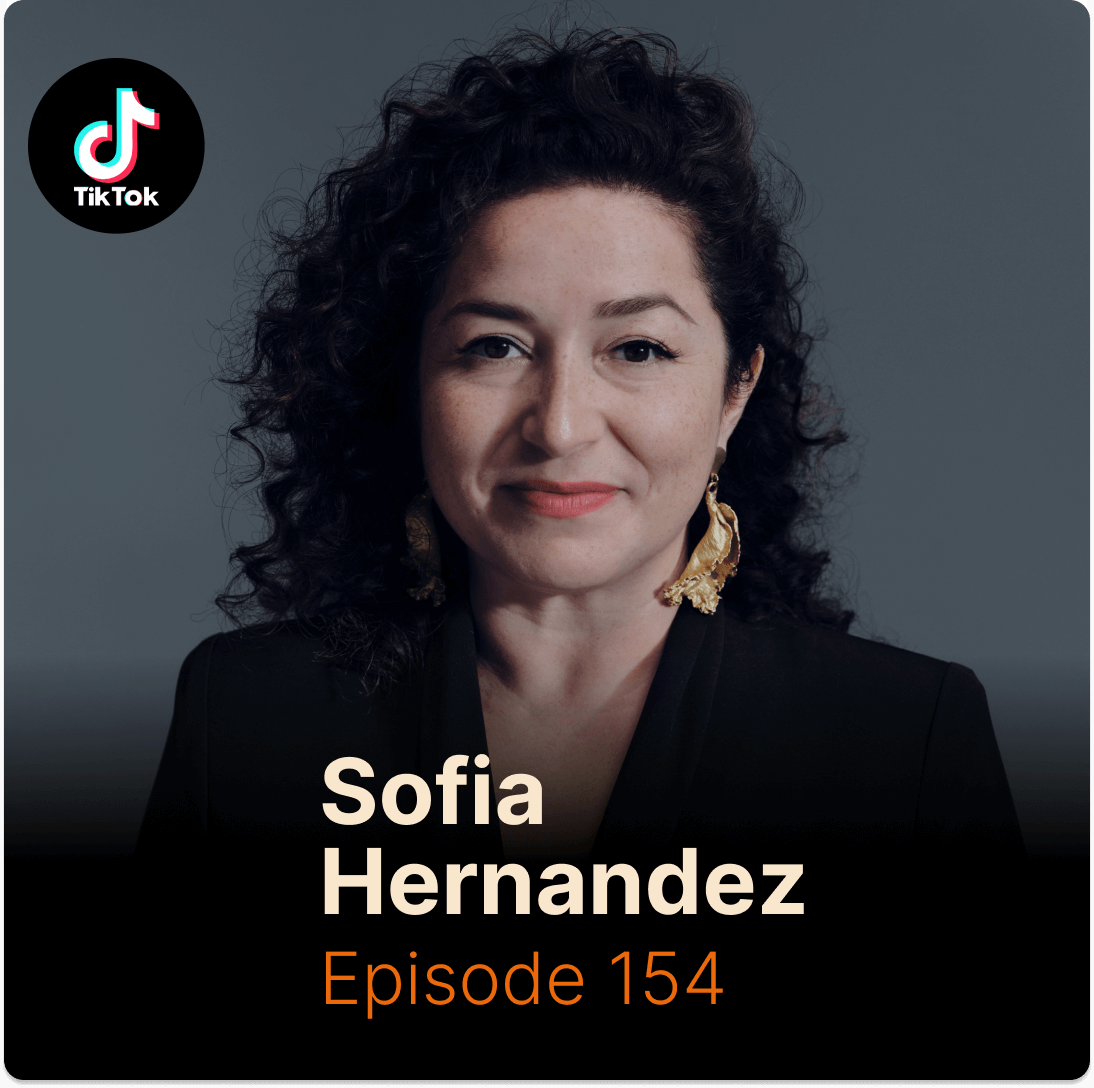Sofia shares invaluable insights from her unconventional career path to her influential role at one of the world’s leading social media platforms. Through her perspective, we explore the evolution of marketing in the tech and advertising sectors, emphasizing the importance of diversity and flexibility in team composition for fostering innovation and staying ahead in today’s fast-paced market. She dives into the essence of speed in marketing, illustrating how real-time engagement and adaptability can significantly benefit brands. Sofia’s experience and strategies offer invaluable lessons for marketers aiming to thrive in the dynamic digital landscape. Join us for this compelling discussion that sheds light on the future of marketing and brand engagement.

KEY POINTS:
- Her experience and career background
- The role of CMO’s in the NOW Gen
- Brand authenticity
- Avoiding sameness in brand characterization
- Customer engagement through social media
- Tiktok as a full-funnel platform for brands, from awareness to in-app purchases

